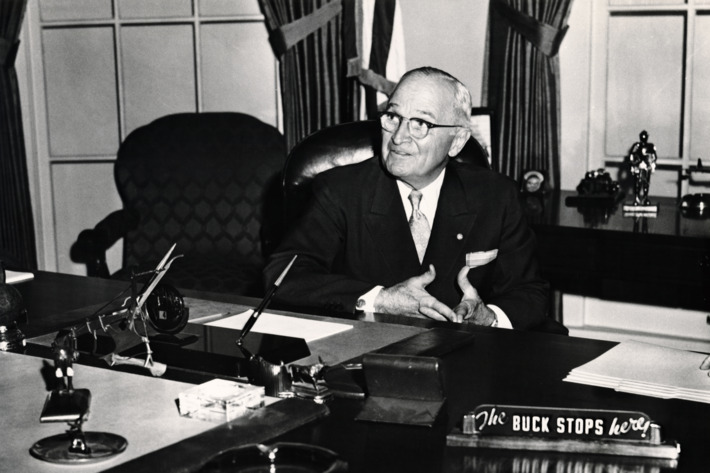To leave or not to leave: the CEO’s crisis comms dilemma
In the wake of any crisis, the hunt for someone to blame is nearly always successful. Sometimes the buck stops right at the top, writes Tony Jaques, but does it really help to dump the CEO?
Just days after the Australian Banking Royal Commission exposed shocking financial wrongdoing at AMP, CEO Craig Meller stepped down as head of the wealth management and insurance giant (the chairwoman of AMP followed a week later).
Announcing his resignation, Meller insisted he did not know about the company’s misdeeds, but acknowledged that he was ultimately responsible. “As they occurred during my tenure as CEO, I believe that stepping down as CEO is an appropriate measure to begin the work that needs to be done to restore public and regulatory trust in AMP.”
It was reminiscent of the departure of Volkswagen CEO Martin Winterkorn following the carmaker’s emission-cheating scandal. “As CEO I accept responsibility for the irregularities that have been found in diesel engines… even though I am not aware of any wrongdoing on my part. Volkswagen needs a fresh start. I am clearing the way for this fresh start with my resignation.”
While both CEOs were close to retirement, the question is not did they deserve to go, but did their departure actually assist the crisis response or aid recovery, or was it largely symbolic? Was there any meaningful expected advantage for stakeholders or victims, or was it simply delivering a scalp to the angry mob baying for blood?
These are the sort of questions every company needs to resolve as part of its plan for facing a reputational crisis. Of course an entirely different set of questions arise when the CEO’s personal actions created or triggered the problem – think no further than Travis Kalanick at Uber, or Sam Haskell at the Miss America Organization, or Alex Malley at CPA Australia, or Harvey Weinstein at the Weinstein Company. In such cases the solution is more obvious.
Meanwhile, CEO transitions at US companies are now running at the highest level for a decade. Naturally, they are not all the result of scandal or wrongdoing, though forced departures are sometimes disguised with clichés such as ‘to pursue other opportunities’ or ‘spend more time with family.’
However, when there really is a crisis, one study showed that at listed companies which can’t regain pre-crisis share value, 15 percent of executives leave within a year. This compares with just four percent who leave companies that do recover.
While there is clearly a lot more to it than just share value, what is the right crisis response strategy? How much blame should the CEO legitimately bear? The options are pretty stark.
AMP’s CEO resigned with immediate effect just days after wrongdoing was exposed. By contrast, when a money-laundering scandal was reported at the Commonwealth Bank, the company announced in August 2017 that the CEO would leave, but only by June 2018 (He left in April 2018 with $12 million worth of stock). A third approach is for the scandal-hit organisation to allow the CEO to remain in place indefinitely to ‘help lead the recovery.’
President Truman famously had a sign on his desk saying “The Buck Stops Here.” Although that sentiment may be less visible in the current White House, the concept of ultimate executive responsibility is evidently alive and well in some boardrooms.

So, with fresh reputational crises emerging every day at the Banking Royal Commission, a central issue now is, how many CEOs (and chairpersons) will be safe, and how many will be made to walk the plank.
This piece first appeared in Tony Jaques’ Issue Outcomes newsletter. You can subscribe here.


They say that crap runs down hill…..and they are right. But when the crap hits a certain point….responsibility starts travelling uphill.